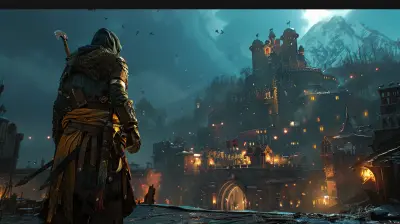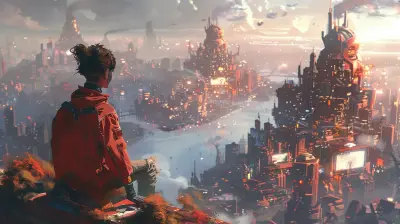The Rise of Stylized Graphics in Indie Games
25 September 2025
Have you noticed how more and more indie games are ditching hyper-realistic visuals in favor of bold, unique, and downright breathtaking art styles? Yeah, it’s not just you. The rise of stylized graphics in indie games has become more than just a visual choice—it’s a movement. One that's shaking up the industry and giving games a whole new kind of soul.
Let’s dive into why these visual gems are taking center stage in the indie gaming world—and why that’s something to get excited about if you’re a player, a dev, or just someone who appreciates beautiful things.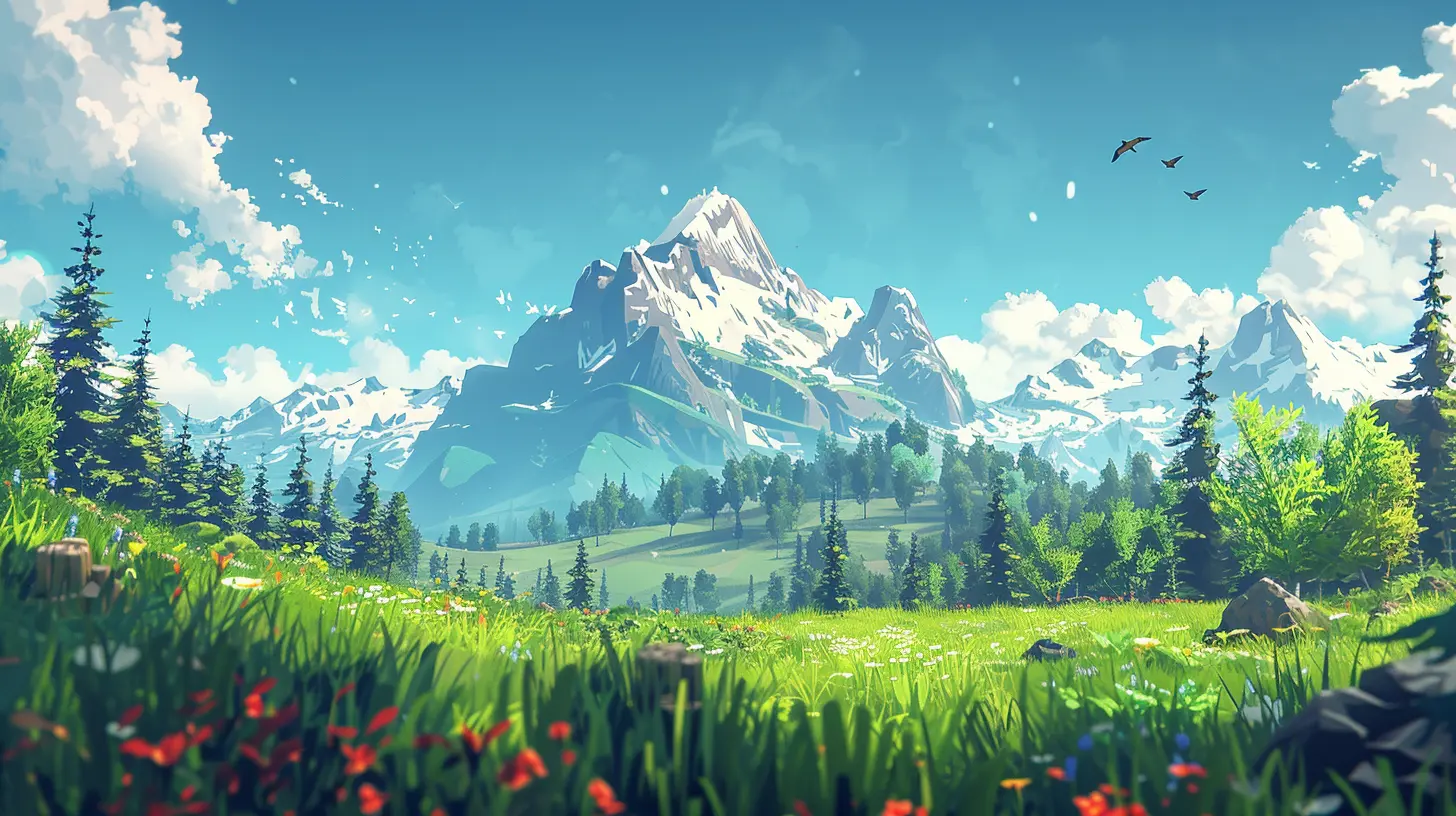
What Are Stylized Graphics, Anyway?
Before we go any further, let's clear up what we mean by stylized graphics. Think of it this way—stylized graphics are to games what abstract art is to painting. They break from realism, favoring a specific “look” or aesthetic over lifelike visuals.From cel-shaded cartoons like Tunic to the minimalist beauty of Journey or the pixel-perfect charm of Celeste, stylized graphics come in all shapes and moods. They might use exaggerated proportions, vibrant colors, flat textures, or surreal designs. The point? To stand out—and to say something beyond realism.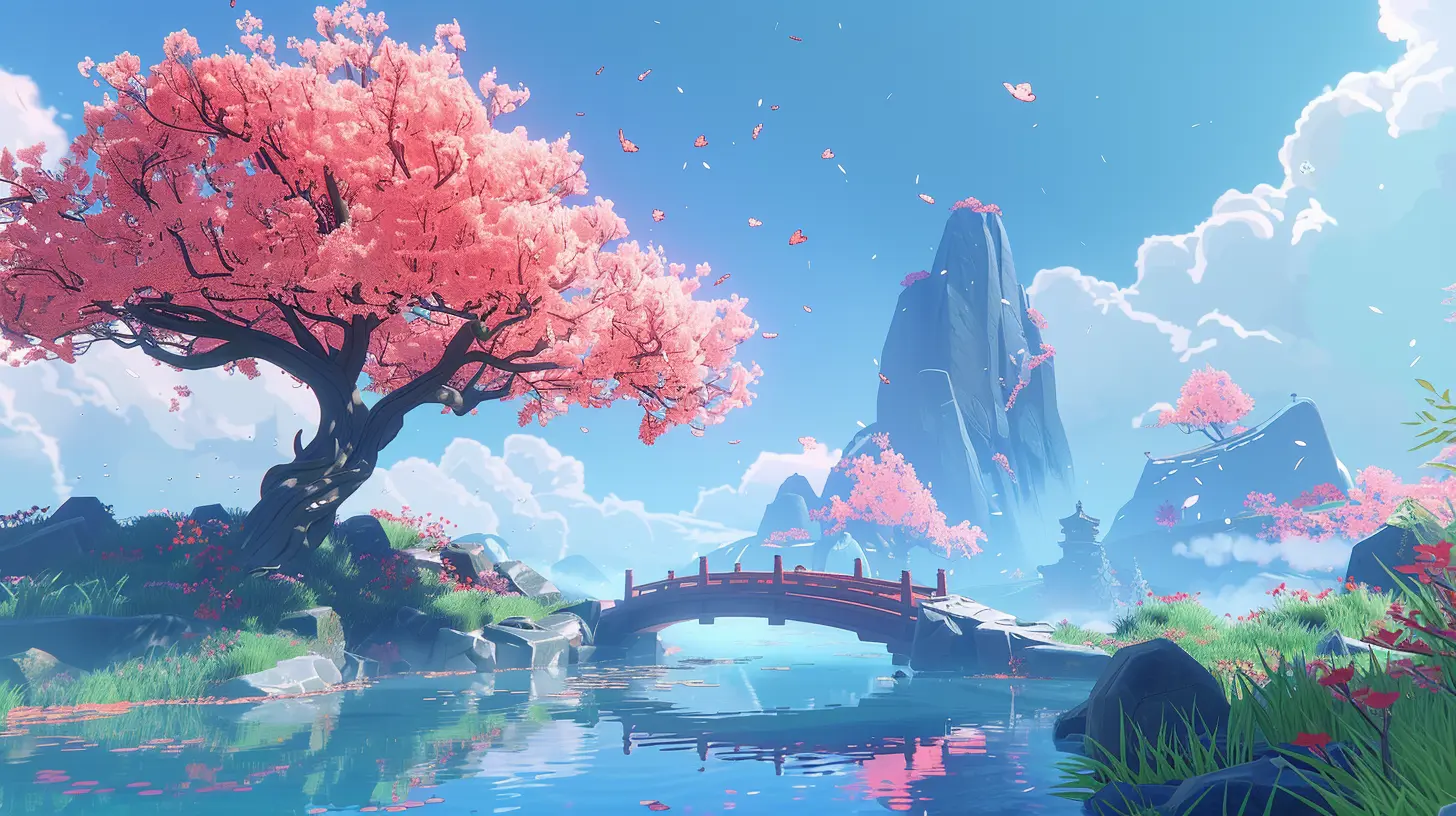
Why Indie Developers Are Leading the Charge
So, why are indie devs the champions of stylized art over ultra-realistic graphics?1. Limited Budgets, Limitless Creativity
Let’s face it—creating photorealistic worlds takes time, resources, and truckloads of money. Most indie developers don’t have AAA-level budgets or massive art teams. But here’s the secret sauce: constraints breed creativity.Stylized graphics let indie devs punch way above their weight. Instead of trying to imitate reality, they build new ones—from scratch—based on artistic vision, not budget limitations. Look at games like Hollow Knight or Hyper Light Drifter. They're proof that you don’t need realism to be stunning.
2. Instant Identity
Stylized games often have a one-of-a-kind visual appeal, making them instantly recognizable.Ever scrolled through Steam or the Nintendo eShop and stopped because a game just “looked different”? That’s the power of stylized graphics. It's marketing magic baked right into the aesthetic. Games like Cuphead or Don't Starve have such a distinct look that you'd recognize a screenshot from them anywhere.
And in a crowded indie marketplace? That kind of visual signature is pure gold.
3. Longevity and Timelessness
Here’s the thing about realism—it ages. Fast. Games that once wowed us with their graphics tend to look pretty rough just a few years later.Stylized games? They age like fine wine. They don’t try to be current—they aim to be timeless. That’s why older indie titles like Braid or Fez still look gorgeous today. They focus on style over fidelity, and it pays off long term.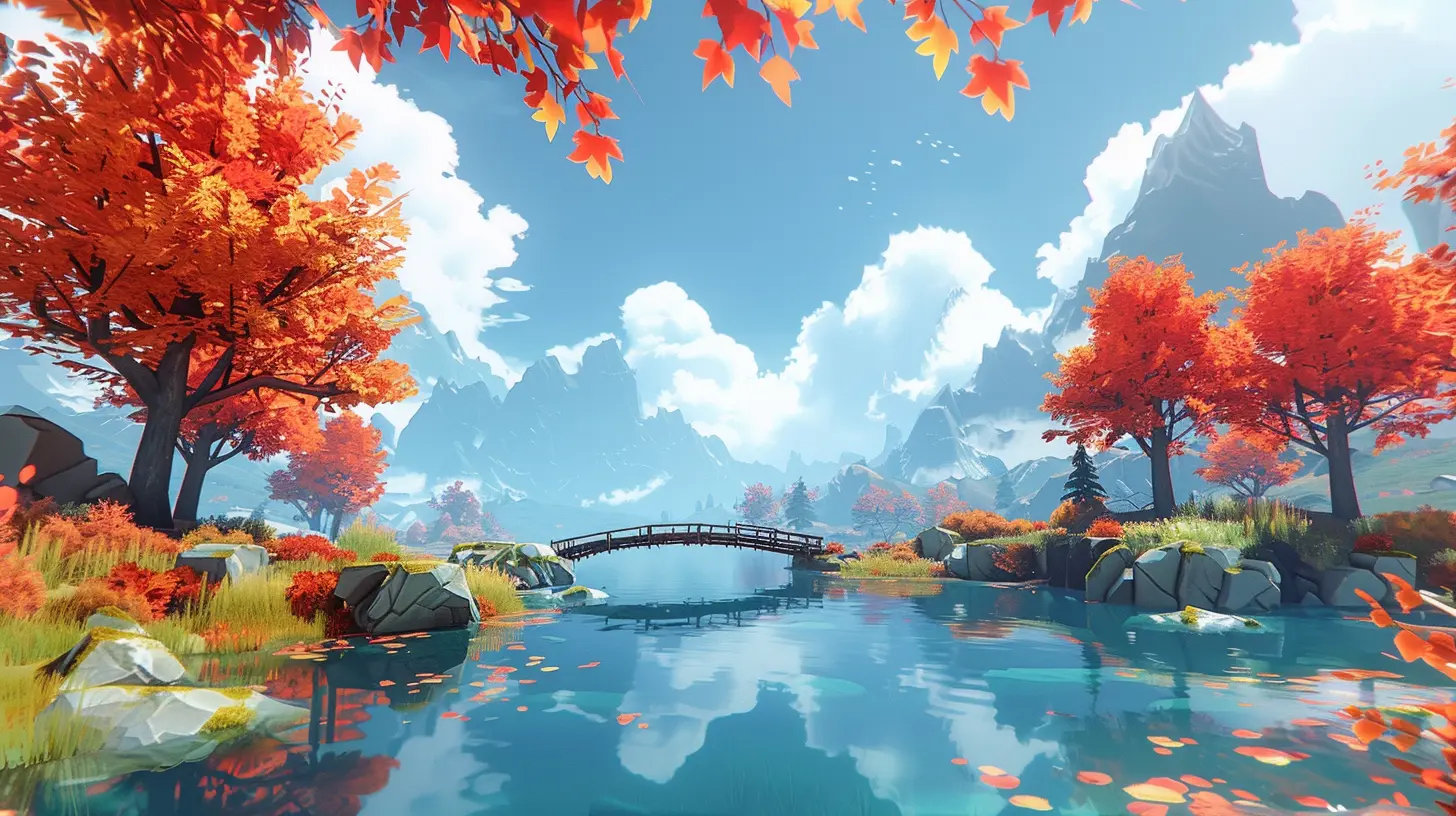
The Emotional Impact of Stylization
Let’s talk feelings for a sec.Stylized graphics don’t just look good—they feel good. They have an uncanny way of amplifying atmosphere and emotion. A hand-painted backdrop can evoke melancholy better than shadows and shaders ever could. A splash of neon hues can make a world feel alive and electric.
Games like GRIS or Ori and the Blind Forest masterfully use art to enhance the storytelling. The visuals are part of the narrative. You feel connected not just because of the plot, but because of the mood the art creates.
Stylization gives developers creative tools to communicate directly to the heart—and that’s something realism often fails to do.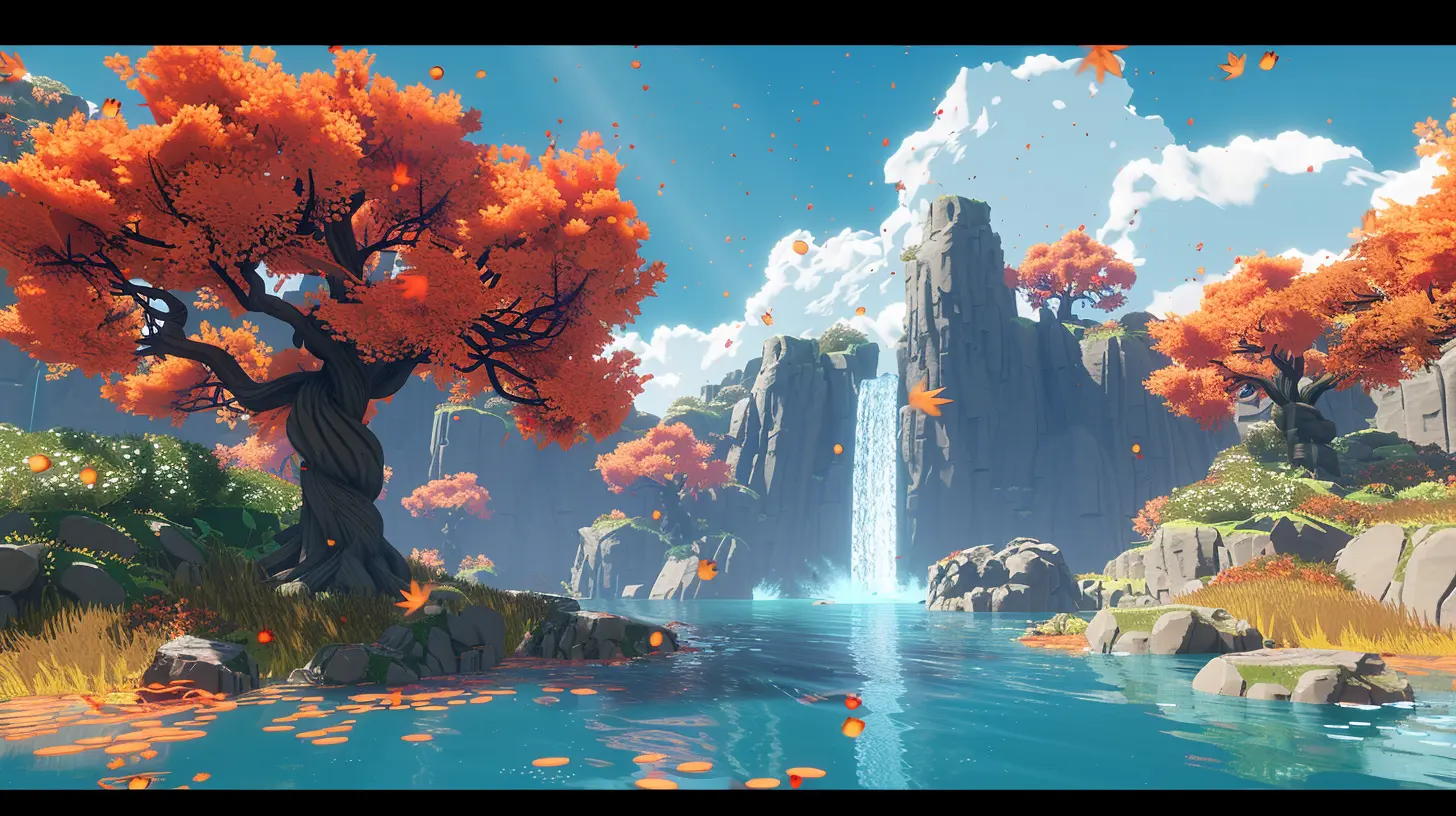
Avoiding the Graphic Arms Race
Let’s be honest—AAA studios are in a never-ending race for the most realistic forest, the most lifelike facial expressions, the most sweat-dripping-from-brow cutscene. Cool? Sure. Necessary? Not always.Indie devs don’t need to play that game. Instead, they’re playing a different game—one where visual storytelling matters more than cutting-edge physics engines.
And here’s the kicker: players are loving it.
The Role of Game Engines and Tools
You’ve probably noticed that tools like Unity and Unreal Engine have made game dev way more accessible. But more than that, they’ve made stylized graphics achievable for small teams and solo devs.With custom shaders, post-processing effects, and a treasure trove of assets, stylized visuals don’t require you to be a technical wizard. Just an artist with a vision. That’s a huge boost for creative freedom—no need to have a ten-person modeling team when you can breathe life into a hand-drawn world on your own.
Stylized Graphics as a Form of Artistic Statement
At its core, stylization is about intention. It’s about using the language of visuals to say something that realism can’t.Want to create a dreamlike world? Go for watercolor textures. Want to reflect a character’s mental state? Twist the environment. Want to evoke nostalgia? Dig into pixel art.
Games like Night in the Woods or Kentucky Route Zero don’t just look different—they feel different. And that’s the point. Stylized graphics aren’t just a design choice—they’re part of the game’s voice.
The Rise of Retro and Pixel Art Nostalgia
We can’t talk about stylization without giving retro and pixel art a standing ovation.These styles aren’t just throwbacks—they're love letters to gaming history. And they’re thriving. Why? Because they’ve evolved. Games like Stardew Valley, Dead Cells, and Octopath Traveler blend nostalgia with innovation, creating visuals that feel classic and fresh at the same time.
Pixel art lets devs do more with less. Emotions are packed into tiny sprites. Worlds are built with imagination and suggestion. It's like reading a great book—you don’t see every detail, but your mind fills in the blanks beautifully.
Community-Driven Appreciation
Here’s where things get even cooler: players are in on it.Gamers are smart. We know when a game has heart, when it’s trying to be different, and when it’s not just another shooter with a new coat of graphics. Stylized visuals resonate because they connect with the community on a deeper level.
Fan art, cosplay, screenshots—stylized games often become cultural icons. They spread through word-of-mouth, through vibrant communities on Reddit, TikTok, and YouTube. They become more than games; they become pieces of pop culture.
Indie Games That Nailed Stylization
Let’s put some respect on the names of games that crushed it with their unique looks:- Cuphead – A 1930s cartoon come to life. Beautiful and brutal.
- Hades – Greek mythology meets graphic novel chic.
- Oxenfree – Haunting pastels and surreal lighting.
- A Short Hike – Cozy, low-poly charm wrapped in autumn palettes.
- Spiritfarer – Whimsical, painterly style that softens the theme of death.
These aren’t just great games—they’re visual masterpieces.
The Future of Stylized Graphics in Games
So, where is this all heading?Well, let’s just say the future looks bright—and unusually shaped—with all kinds of colors. With more tools, more devs, and more players embracing artistic freedom, stylized graphics are here to stay.
Expect genre mashups. Expect new kinds of textures. Expect unexpected art inspirations—from fashion, architecture, and animation. The rise of stylized graphics won’t plateau. It’ll evolve into new territories we haven’t even imagined yet.
And honestly? That’s the most exciting part.
Final Thoughts: Why This Matters to You
Whether you're an indie dev looking for direction, a gamer chasing something meaningful, or someone who just loves art—stylized graphics offer a doorway to fresh, emotional, and unforgettable experiences.So next time you see a game that doesn’t look “real," pause and take a closer look. That style? It could be telling you a deeper story than any blockbuster ever could.
In a world overflowing with content, stylized visuals help games feel personal. And that? That’s the kind of magic we all need a little more of.
all images in this post were generated using AI tools
Category:
Video Game GraphicsAuthor:

Tayla Warner
Discussion
rate this article
1 comments
Rosalyn Frye
In pixels bright, where dreams take flight, Indie worlds emerge, a vibrant sight. Stylized hues, emotions weave, Crafting tales that hearts believe. From simple forms, great joys arise, Innovation sparkles in open skies. A canvas burst, with art profound— In every game, new magic found.
September 27, 2025 at 3:52 AM

Tayla Warner
Thank you for your beautifully crafted comment! It perfectly encapsulates the essence of how stylized graphics in indie games breathe life into creative storytelling and emotional connection.
